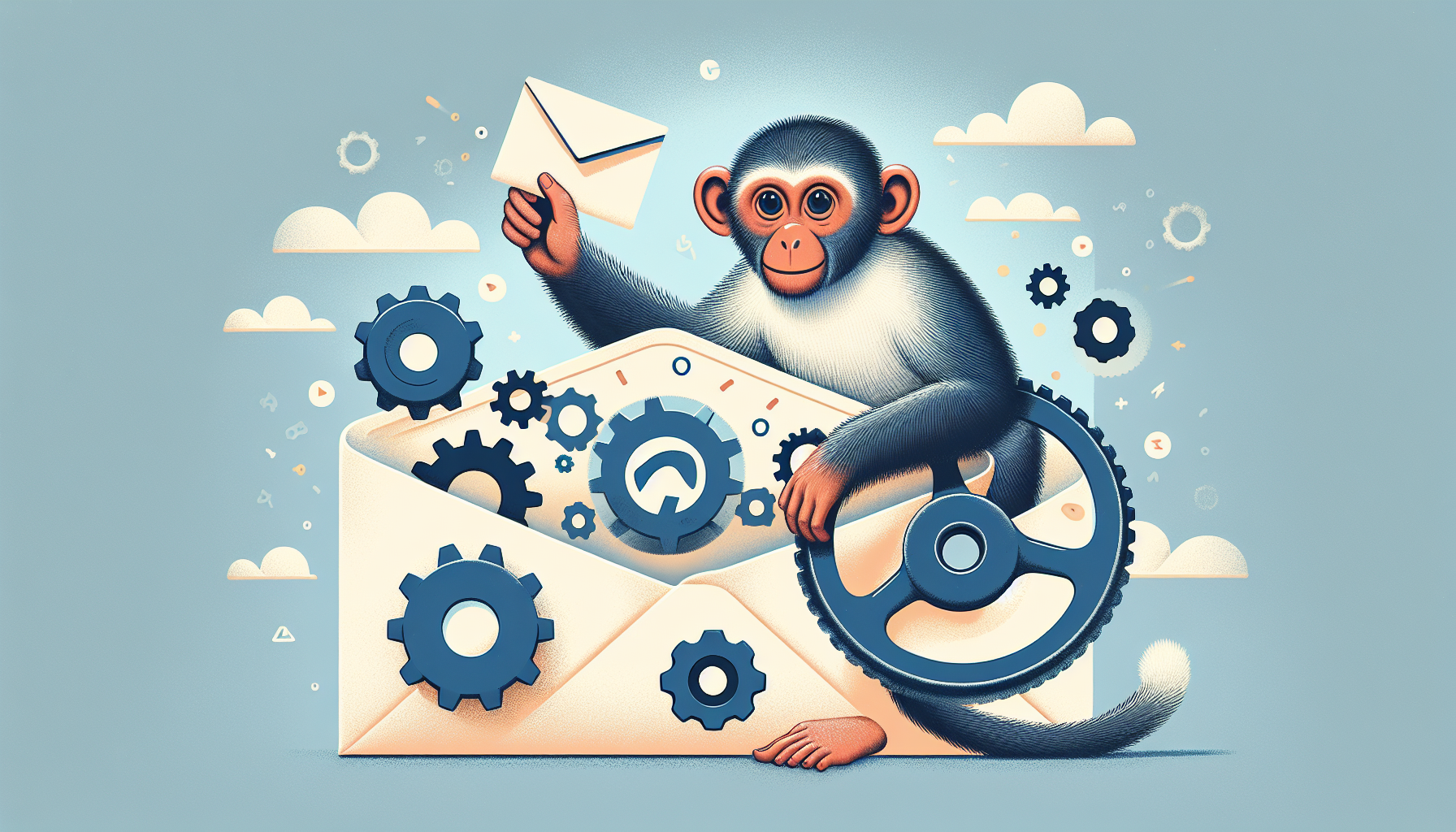A Guide to Automating Marketing Campaigns with Mailchimp
Understanding Mailchimp’s Automation Features
Mailchimp is a powerful platform that revolutionizes how businesses conduct their marketing campaigns. It offers various automation features that help streamline and optimize email marketing efforts, allowing businesses to engage with their audience more effectively.
What is Marketing Automation?
Marketing automation refers to using technology to automate repetitive marketing tasks. It helps businesses manage workflows, track customer interactions, and create targeted campaigns. With Mailchimp, these tasks include sending emails, segmenting lists, and analyzing customer behavior.
Getting Started with Mailchimp
To begin using Mailchimp for your marketing automation, follow these initial steps:
- Set Up Your Account: Create a Mailchimp account and complete your profile to tailor the platform’s features to your needs.
- Import Your Contacts: Upload your existing contact list or integrate Mailchimp with your CRM to manage your audience.
- Segment Your Audience: Utilize Mailchimp’s segmentation tools to group your contacts based on specific criteria, such as demographics or purchase history.
Creating Automated Campaigns
Types of Automated Campaigns
- Welcome Emails: Automatically send a series of welcome messages to new subscribers, helping to educate them about your brand.
- Abandoned Cart Emails: Remind customers of items left in their shopping carts, encouraging them to complete their purchase.
- Product Recommendations: Send curated product suggestions based on previous interactions and purchases, enhancing the customer experience.
- Birthday or Anniversary Offers: Celebrate special occasions with personalized discounts or offers that resonate with customers.
Step-by-Step Guide to Creating an Automated Campaign
- Navigate to Campaigns: After logging in, click on ‘Campaigns’ in the dashboard and select ‘Create Campaign.’
- Choose Email Type: Select ‘Automated’ from the options available.
- Select the Automation Workflow: Choose the type of automated campaign you wish to create, such as a welcome series or an abandoned cart email.
- Design Your Email: Use Mailchimp’s email designer to customize your message. Incorporate engaging visuals and compelling calls to action (CTAs) to enhance recipient responsiveness.
- Set Trigger Conditions: Define the triggers that will activate your automated email, such as a new user signup or a cart abandonment event.
- Schedule Your Campaign: Determine the timing for your emails, specifying when you want them to be sent after the trigger event.
- Review and Launch: Thoroughly test your email to ensure all components function correctly, and then launch your campaign.
Optimizing Your Automated Campaigns
Personalization
Maximize engagement by personalizing emails based on customer data. Mailchimp allows you to insert personal information like first names and segments.
A/B Testing
Conduct A/B tests to find out which email versions perform better among your audience. Test different subject lines, content layouts, and send times to optimize performance.
Analytics
Mailchimp provides extensive analytics features. Review open rates, click rates, and conversion metrics to evaluate the success of your automation campaigns.
Refining Your Strategy
Regularly review your campaign performance data to identify trends and areas for improvement. This ongoing analysis will help you tweak your automation strategy and ensure it remains effective.
Integrating Mailchimp with Other Tools
CRM Tools
Integrating Mailchimp with your CRM system enables a seamless flow of customer data. Tools like Salesforce and HubSpot enhance your ability to create targeted campaigns based on detailed customer profiles.
E-commerce Platforms
Syncing Mailchimp with e-commerce platforms such as Shopify or WooCommerce allows for automating cart abandonment emails and tracking revenue generated from campaigns.
Social Media Connections
Linking your social media accounts to Mailchimp lets you expand your reach. Automate social media posts and incorporate social sharing capability within your email campaigns.
Compliance and Deliverability
GDPR and CAN-SPAM Compliance
Adhere to regulations such as GDPR and CAN-SPAM by ensuring recipients can unsubscribe easily and that you have their consent before sending marketing emails. Use Mailchimp’s tools to manage consent and compliance.
Email Deliverability
Monitor your sender reputation with Mailchimp’s deliverability metrics. Avoid spam traps by maintaining clean email lists and providing valuable content to your subscribers.
Best Practices for Automated Campaigns
- Keep It Relevant: Ensure that automated messages are relevant to recipients’ interests and behaviors.
- Craft Clear CTAs: Use clear and actionable CTAs to guide recipients toward desired actions.
- Optimize for Mobile: Design emails that are mobile-friendly to accommodate users who check their emails on smartphones.
- Maintain a Regular Schedule: Establish a consistent emailing frequency to keep your brand top-of-mind without overwhelming your audience.
- Engage with Valuable Content: Share informative content alongside promotional offers to provide value to your audience, increasing the likelihood of engagement.
Engaging Content Creation
Visual Appeal
Utilize Mailchimp’s design features to create visually appealing emails. High-quality images, infographics, and videos can enhance engagement rates.
Compelling Copywriting
Effective copywriting is essential. Write clear, concise, and persuasive copy that resonates with the audience and motivates them to take action.
Storytelling
Incorporate storytelling into your emails to build a connection with your audience. Engage readers by sharing relatable experiences, testimonials, or case studies that highlight your brand’s impact.
Leveraging Mailchimp’s Support Resources
Knowledge Base
Mailchimp’s extensive knowledge base features articles, tutorials, and FAQs that can help troubleshoot issues or learn more about complex features.
Customer Support
For personalized assistance, utilize Mailchimp’s customer support options, including live chat and email support.
Webinars and Guides
Participate in Mailchimp’s webinars or utilize their guides to further enhance your understanding of marketing automation and best practices.
Conclusion
Automating marketing campaigns with Mailchimp can significantly enhance your marketing efficiency and effectiveness. By leveraging its diverse features, integrating with vital tools, and implementing best practices, businesses can create impactful marketing campaigns that resonate with their audience and drive engagement. Whether you’re a small business owner or part of a larger marketing team, Mailchimp provides the necessary resources and support to streamline your email marketing efforts and achieve your business objectives.


